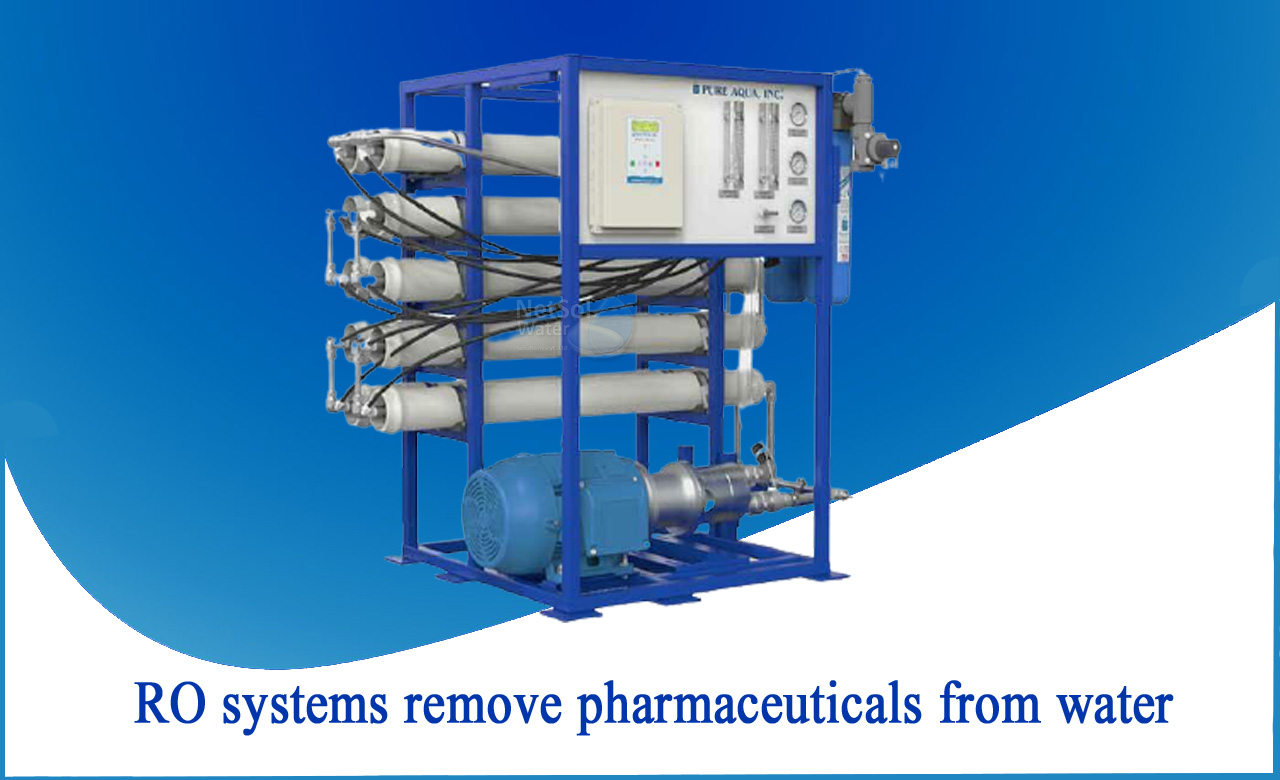How drugs get into water?
"Drugs are supplied to drinking water in a variety of ways. Some people wash away unwanted medications in the bathroom. Other medications go into the water after the patient has taken the medication, take some, and urinate the rest, or pass it into the stool. Studies have shown that some medicines are left behind even after wastewater treatment and purification by sewage treatment plants.
Does reverse osmosis remove drugs from water?
With traces of drugs of all kinds, oral contraceptives, antibiotics, and mental health drugs found in the drinking water, people are trying to rely on reverse osmosis for. This method has proven to be very useful in removing drug and other known contaminants.
A study shows that five-month intensive laboratory trials finally reveal the presence of trace drugs such as mood stabilizers, sex hormones, antibiotics, antiepileptic drugs, anticonvulsants, and some other over-the-counter drugs in water.Concentrations are generally low and currently do not show the effects of to the public, but scientists are beginning to worry about the long-term effects of consuming very large amounts of water also meaning consuming higher waterconcentrations of various concomitant medications that may have negative interactions. The Water Quality Association has confirmed that household filtration systems provide a much safer approach to ensuring that water is drug-free and healthy.
Reverse Osmosis
There are several cleaning methods that can effectively remove bacteria, dirt, viruses, and other contaminants, but reverse osmosis has proven to be the most effective way to remove drugs from water supplies. People who previously relied on distillation, bottling, and other methods of ask, "Does reverse osmosis of remove medicines from water?" The answer is yes. The solvent can be separated from the solute and the water can be returned in its purest form, free of drugs, chemicals, and even natural minerals.
Pressure and Membrane
Hydrous drug is forced into the semipermeable membrane and moves from the region with high solute concentration to the region with low concentration. The very fine particles, chemicals, substances, and medicines contained in the water supply remain on the other side of the membrane, allowing only water to pass through. This is a very effective approach. Other effects include the loss of beneficial and essential minerals that support the immune system and health, such as calcium, potassium, and magnesium. Water also loses its pH value, which can switch from alkaline to acidic. Some people, such as babies, children, and the elderly, benefit more from the absorption of natural trace elements from water. A good water filtration system retains excellent minerals, regardless of amount and concentration. Reverse Osmosis gets rid of all the well-known drugs from water.
Reverse Osmosis vs. activated carbon
Reverse osmosis filtration is more effective than the charcoal filter in removing contaminants and medicines in the water supply. Unlike single-stage filters, the RO system also offers multi-stage with individual filter cartridges that focus on a variety of water issues. The filter can already contain precipitates and carbon types, as well as reverse osmosis membranes. Reverse osmosis removes 90-95% of pollutants, providing humans with the safest and leanest drinking water. The RO Membrane Filter can remove hundreds of contaminants more than the regular water filter model. It is advisable to install RO plants in houses or in industries to get drug free water.
Netsol Water is Greater Noida-based leading water & wastewater treatment plant manufacturer. We are industry's most demanding company based on client review and work quality. We are known as best commercial RO plant manufacturer, industrial RO plant manufacturer, sewage treatment plant manufacturer, and effluent treatment plant manufacturers. Apart from this 24x7 customer support is our USP. Call on +91-9650608473, or write us at enquiry@netsolwater.com for any support, inquiry or product-purchase related query.



